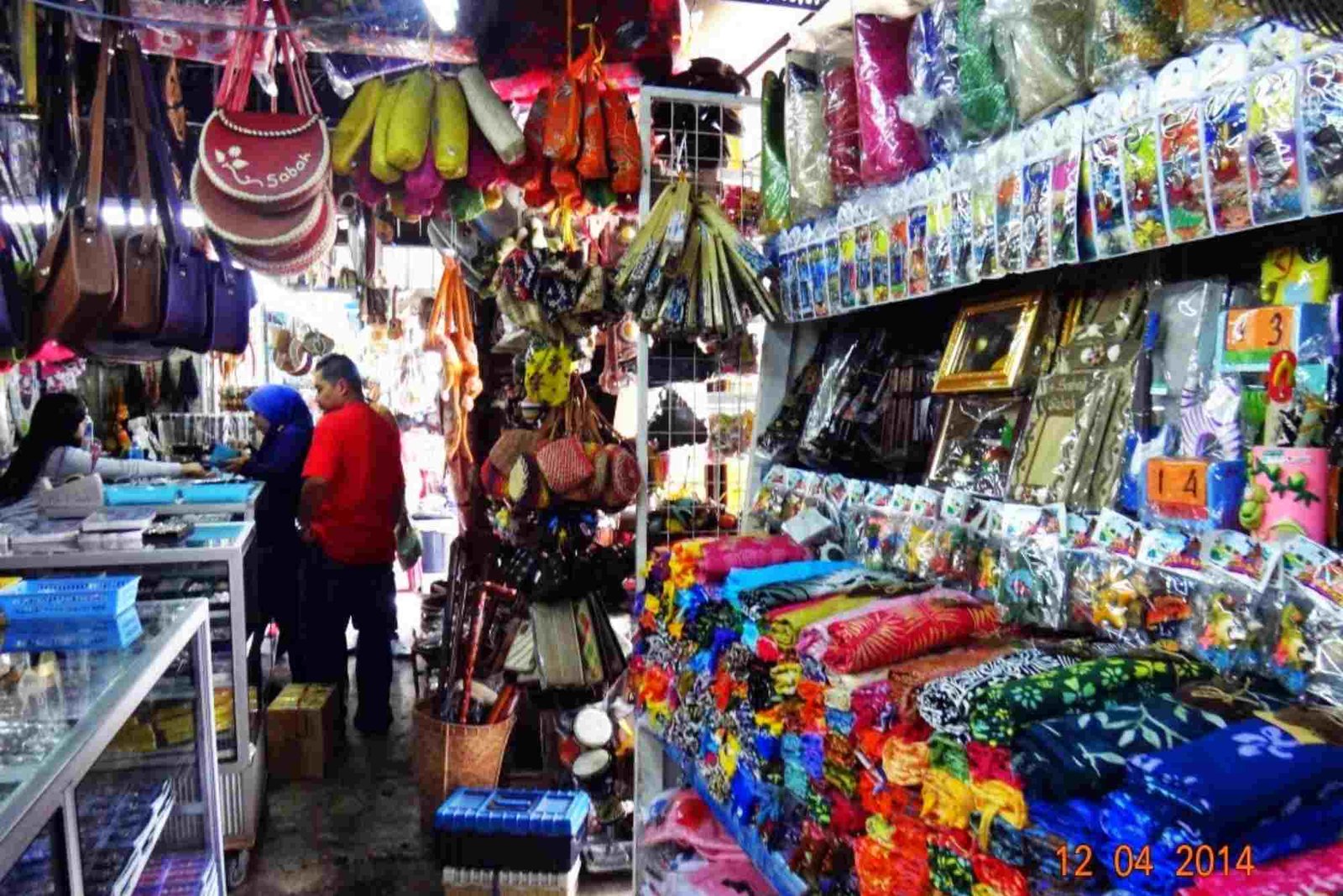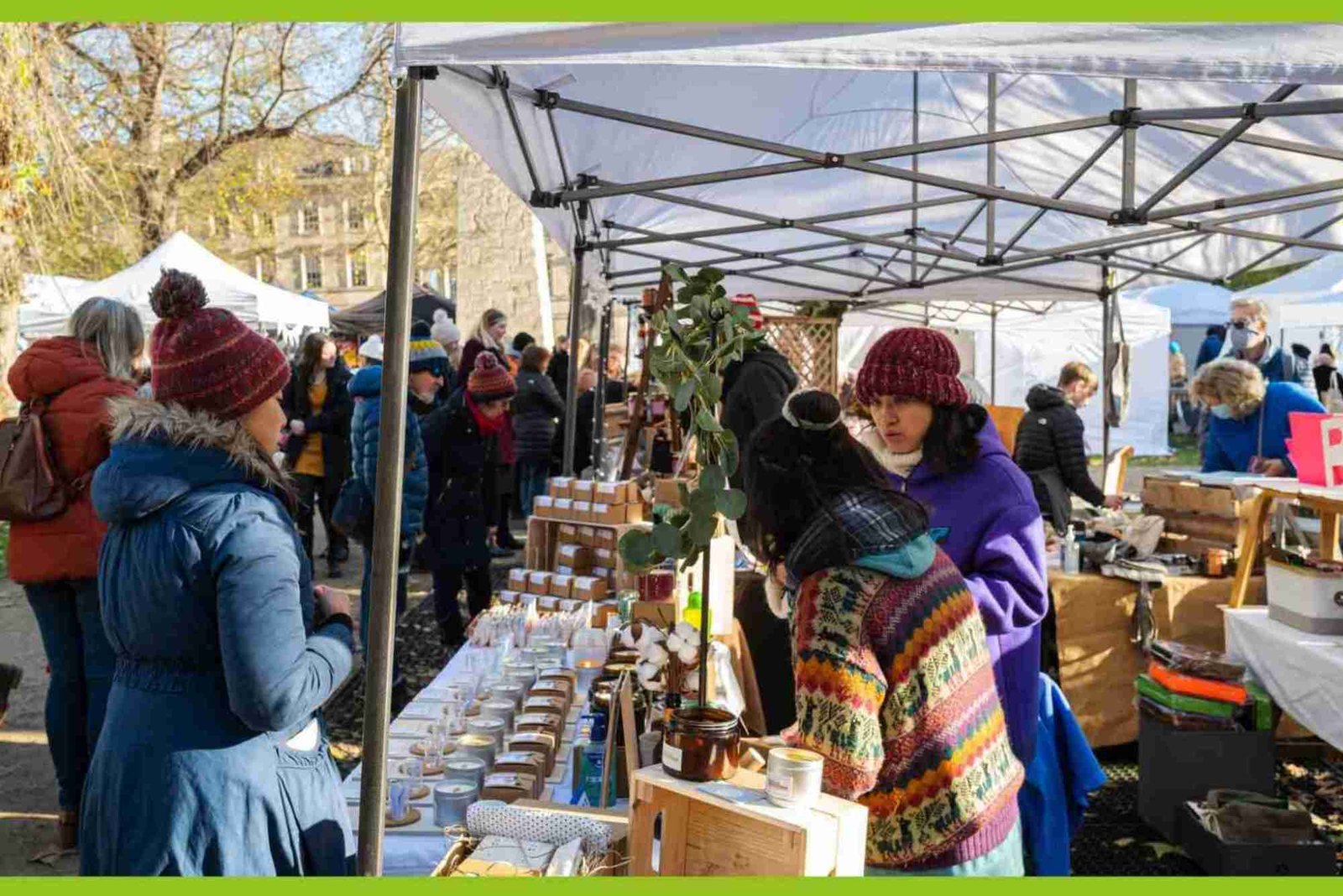Introduction
Welcome to the ultimate guide to exploring Sabah’s most famous craft bazaar — the KK Handicraft Market. Whether you’re hunting for handmade souvenirs or just soaking in local culture, this guide will walk you through everything you need to know. The Handicraft Market isn’t just a place to shop — it’s a place to discover the heart of Sabah’s art, heritage, and community spirit.
Why Visit the KK Handicraft Market
The KK Handicraft Market, also known as Pasar Kraftangan in Kota Kinabalu, offers a vibrant window into Sabah’s arts and traditions. You’ll find hand‑woven baskets, beadwork, woodcrafts, local textiles, musical instruments, and more. These are not mass-produced souvenirs but items rooted in Sabah’s diverse cultural heritage — perfect tokens of your trip or memorable gifts for friends and family.
Walking through its narrow aisles and colourful stalls gives you a glimpse of daily life — artisans at work, lively bargaining, and a kaleidoscope of colours and textures. It’s a great way to appreciate the craftsmanship and stories behind each piece you buy.
What You’ll Find: Top Handicrafts & Souvenirs
Traditional Accessories & Jewelry
Expect a wide selection of beaded bracelets, necklaces, and earrings inspired by Sabah’s indigenous communities, especially the Kadazan‑Dusun and Rungus. These often carry symbolic patterns referencing nature, strength, or harmony. You’ll also see pearl jewelry — necklaces and bracelets made from Sabah’s coastal pearls. They range from modest and affordable pieces to more elaborate designs, making them a timeless memento of your visit.
Woven Baskets, Bags & Textiles
Rattan or bamboo baskets, handwoven bags, mats, and other woven goods are popular. These handicrafts offer both functional use and aesthetic value — ideal if you want something practical yet meaningful. Textiles such as batik wraps or sarongs are also common, showcasing local motifs and dyeing traditions.
Woodwork, Décor & Musical Instruments
If you love rustic charm or cultural artifacts, you might find carved wooden items — traditional gongs, small wooden figurines, even bamboo wind instruments like the sompoton. These make excellent display pieces at home and tell a story of Sabah’s heritage.
Local Spices, Teas & Edible Souvenirs
Beyond crafts, the market sometimes features local Sabah spices, teas, coffees, and other edible souvenirs. These items allow you to bring back a literal taste of Borneo — ideal if you enjoy cooking or want to share flavours from your trip with loved ones.
Tips for Visiting the KK Handicraft Market
Best Time to Visit
The market is busiest during mornings and weekends. If you prefer a calmer experience, try visiting early on weekdays. The weather can also influence your visit, so light clothing and a hat are recommended, as much of the market is semi-open.
Bargaining & Payment
Haggling is part of the market culture. Start by offering a price slightly lower than the asking price and negotiate politely. Cash is preferred, though some stalls may accept mobile payments. Remember, bargaining respectfully can lead to better deals without offending sellers.
Navigating the Stalls
The market is packed with stalls, so take your time exploring. Start from one end and move methodically to ensure you don’t miss hidden gems. Observe items carefully, as similar-looking crafts can vary in quality and authenticity.
Engaging with Artisans
Many stall owners are also the artisans themselves. Don’t hesitate to ask questions about the techniques, materials, or inspiration behind the crafts. These interactions enrich your experience and provide a deeper appreciation of the products.
Transportation & Parking
The KK Handicraft Market is centrally located in Kota Kinabalu. Taxis and ride-hailing services are readily available. If you’re driving, parking nearby is limited, so consider arriving early to secure a spot.
Cultural Insights & Experiences
Understanding Sabah’s Craft Traditions
The market showcases the heritage of Sabah’s indigenous communities. Beadwork, weaving, and wood carving are not only decorative but also carry cultural meanings passed down through generations. By purchasing these items, you support local artisans and preserve traditional techniques.
Seasonal & Festival Crafts
Certain times of the year bring unique crafts tied to place festivals or harvests. For instance, during the Kaamatan harvest festival, you might find limited-edition items reflecting celebratory themes. Visiting during these periods adds a special cultural dimension to your trip.
Photography & Respect
While photography is usually welcomed, always ask before taking close-ups of artisans at work. Respecting their space ensures a positive experience for both visitors and sellers.
Planning Your Souvenir Shopping
Budgeting & Prioritizing
Handicrafts can range from very affordable to premium-priced pieces. Set a budget before you go and decide which types of items matter most to you. Focus on quality rather than quantity — a few meaningful pieces often make better souvenirs than dozens of small trinkets.
Packing Your Purchases
Fragile items like wooden carvings, glass jewelry, or pottery should be packed carefully. Bring bubble wrap or sturdy containers if you plan to transport these souvenirs home yourself. Many stalls offer packaging for fragile goods.
Supporting Local Communities
By buying directly from artisans or reputable stalls, you ensure that your money contributes to local livelihoods. The market is not just a shopping destination but a platform for sustainable cultural preservation.
Must-Try Experiences Beyond Shopping
Local Snacks & Refreshments
Small food stalls and vendors near the market offer local treats such as kuih, tropical fruits, and traditional drinks. Sampling these adds flavor to your visit and gives you a taste of Sabah’s culinary heritage.
Live Demonstrations
Occasionally, artisans perform live demonstrations of weaving, beadwork, or carving. Observing these sessions provides insight into the skills and patience required to create each piece. It’s also a fantastic photo opportunity.
Combining Nearby Attractions
The market is close to Kota Kinabalu waterfront and the city’s cultural centers. After shopping, you can explore museums, street food stalls, or enjoy sunset views along the coast. Planning a full day ensures a rich and memorable experience.
The KK Handicraft Market in Sabah is more than a shopping destination — it’s an immersive cultural experience. From exquisite handwoven baskets to colorful beadwork and local culinary delights, every visit offers new discoveries. By following this guide, you can navigate the market efficiently, appreciate the artisans’ craftsmanship, and bring home meaningful souvenirs that capture the essence of Sabah. Make the most of your trip and let the KK Handicraft Market be a highlight of your Kota Kinabalu adventure.
FAQs
What is the best time to visit KK Handicraft Market?
Early mornings on weekdays are less crowded and ideal for a relaxed shopping experience.
Can I bargain at the market?
Yes, polite bargaining is common and often expected. Start slightly below the asking price.
What kinds of handicrafts are available?
You’ll find beadwork, jewelry, woven baskets, batik textiles, wooden carvings, musical instruments, and local food items.
Is parking available near the market?
Limited parking is available, so arriving early is recommended. Taxis and ride-hailing services are convenient alternatives.
Are there live demonstrations by artisans?
Yes, some stalls offer live weaving, beadwork, or carving demonstrations, providing insight into traditional techniques.
Can I pay with cards?
Most stalls prefer cash, but some may accept mobile payments depending on the vendor.
Is the market suitable for children?
Yes, it’s family-friendly. Children can enjoy colorful crafts, food treats, and watching artisans at work.




